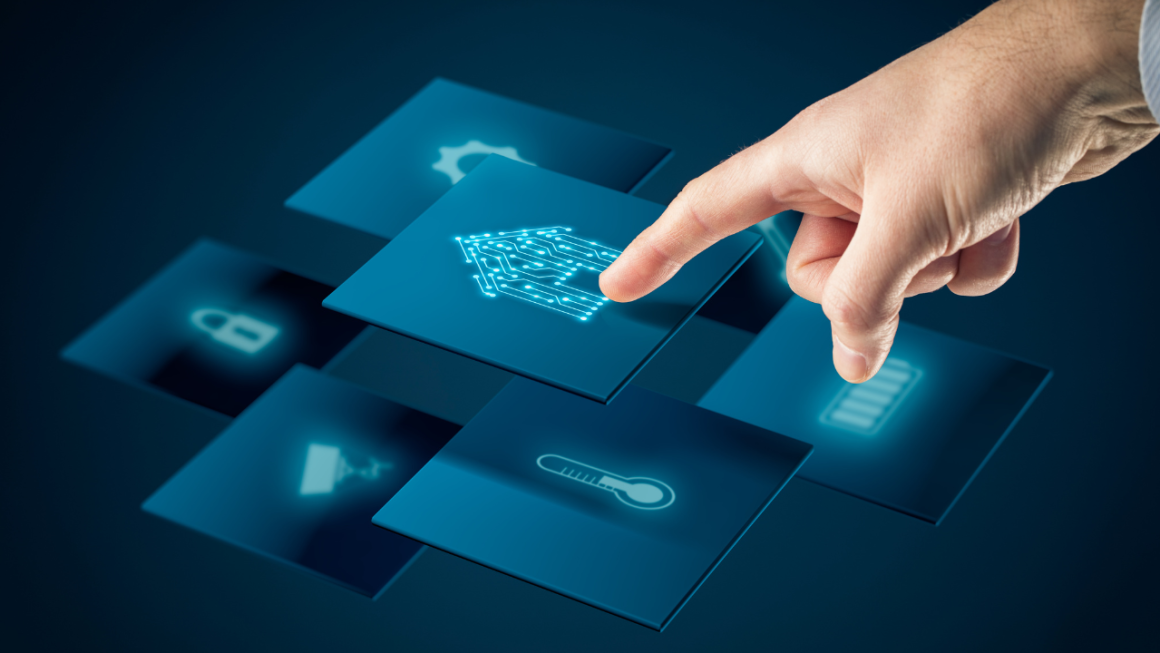Introduction to IoT in Agriculture
In recent years, there has been a significant shift towards integrating technology into various sectors, and agriculture is no exception. The Internet of Things (IoT) has emerged as a game-changer in modern farming practices, revolutionizing the way farmers manage their crops and resources. IoT in agriculture involves the use of connected devices and sensors to collect and analyze data, enabling farmers to make informed decisions and optimize their operations.
Understanding Smart Agriculture
Smart agriculture, also known as precision farming, involves the use of advanced technologies to monitor and manage agricultural activities efficiently. By leveraging IoT devices, farmers can gather real-time information about soil conditions, weather patterns, crop health, and more, allowing them to optimize resource usage and improve productivity.
Importance of Precision Farming Techniques
Precision farming techniques play a crucial role in modern agriculture by maximizing crop yields while minimizing input costs. By employing IoT-enabled solutions, farmers can precisely monitor factors such as soil moisture levels, nutrient levels, and pest infestations, enabling them to take timely actions to address any issues and ensure optimal crop growth..
IoT Sensors in Agriculture
IoT sensors are the cornerstone of smart agriculture, providing valuable insights into various aspects of crop cultivation. Some common types of IoT sensors used in agriculture include:
● Soil Moisture Sensors: These sensors measure the moisture content in the soil, helping farmers determine the optimal irrigation schedule and prevent water wastage.
● Weather Monitoring Sensors: Weather sensors collect data on temperature, humidity, rainfall, and wind speed, allowing farmers to anticipate weather changes and adjust their farming practices accordingly.
● Crop Health Monitoring Sensors: These sensors monitor the health and growth of crops by measuring factors such as leaf temperature, chlorophyll levels, and canopy size, enabling farmers to detect diseases or nutrient deficiencies early on.
Data Collection and Analysis
One of the key advantages of IoT in agriculture is its ability to gather large volumes of data from various sources. By harnessing this data through advanced analytics tools, farmers can gain valuable insights into crop performance, soil conditions, and environmental factors. This data-driven approach enables them to make data-driven decisions and optimize their farming practices for maximum efficiency and productivity.
Automation and Control Systems
IoT technology enables the automation of various agricultural processes, reducing the need for manual intervention and labor costs. Automated systems can perform tasks such as irrigation, fertilization, and pest control with precision, ensuring optimal resource utilization and minimizing wastage.
Benefits of IoT in Smart Agriculture
The integration of IoT in agriculture offers numerous benefits to farmers, including:
● Increased crop yields and quality
● Reduced water and fertilizer usage
● Improved pest and disease management
● Enhanced decision-making through real-time data insights
● Cost savings and operational efficiency
Challenges and Limitations
Despite its potential benefits, IoT adoption in agriculture is not without challenges. Some common challenges include the high initial investment costs, data privacy and security concerns, and the need for technical expertise to deploy and manage IoT systems effectively. Additionally, the lack of reliable internet connectivity in rural areas can hinder the widespread adoption of IoT solutions.
Case Studies of Successful Implementation
Several successful case studies demonstrate the effectiveness of IoT in smart agriculture. For example, a vineyard in California implemented IoT sensors to monitor soil moisture levels and optimize irrigation, resulting in a 30% reduction in water usage while maintaining crop yields. Similarly, a dairy farm in the Netherlands utilized IoT-enabled milking robots to automate the milking process and improve herd management efficiency.
Future Prospects of IoT in Agriculture
The future of IoT in agriculture looks promising, with ongoing advancements in sensor technology, data analytics, and connectivity. As IoT solutions become more affordable and accessible, we can expect to see broader adoption across the agricultural sector, leading to increased productivity, sustainability, and resilience in food production.
Conclusion
In conclusion, IoT has emerged as a powerful tool in modern agriculture, enabling farmers to practice precision farming techniques and optimize their operations for maximum efficiency and productivity. By harnessing the power of IoT sensors, data analytics, and automation, farmers can overcome challenges and unlock new opportunities for sustainable and profitable farming practices.
FAQs
What is precision farming?
Precision farming, also known as smart agriculture, involves the use of advanced technologies such as IoT, GPS, and data analytics to optimize crop production while minimizing resource usage.
How does IoT help in agriculture?
IoT enables farmers to collect real-time data on soil conditions, weather patterns, and crop health, allowing them to make informed decisions and optimize farming practices for better outcomes.
What are the challenges of adopting IoT in agriculture?
Some challenges of IoT adoption in agriculture include high initial investment costs, data privacy concerns, and the need for technical expertise to deploy and manage IoT systems effectively.
Are there any successful examples of IoT implementation in agriculture?
Yes, there are several successful case studies of IoT implementation in agriculture, ranging from precision irrigation systems to automated milking robots, demonstrating the potential of IoT to transform farming practices.
What is the future outlook for IoT in agriculture?
The future of IoT in agriculture looks promising, with ongoing advancements in technology and increasing adoption rates. As IoT solutions become more affordable and accessible, we can expect to see continued innovation and improvements in agricultural productivity and sustainability.


